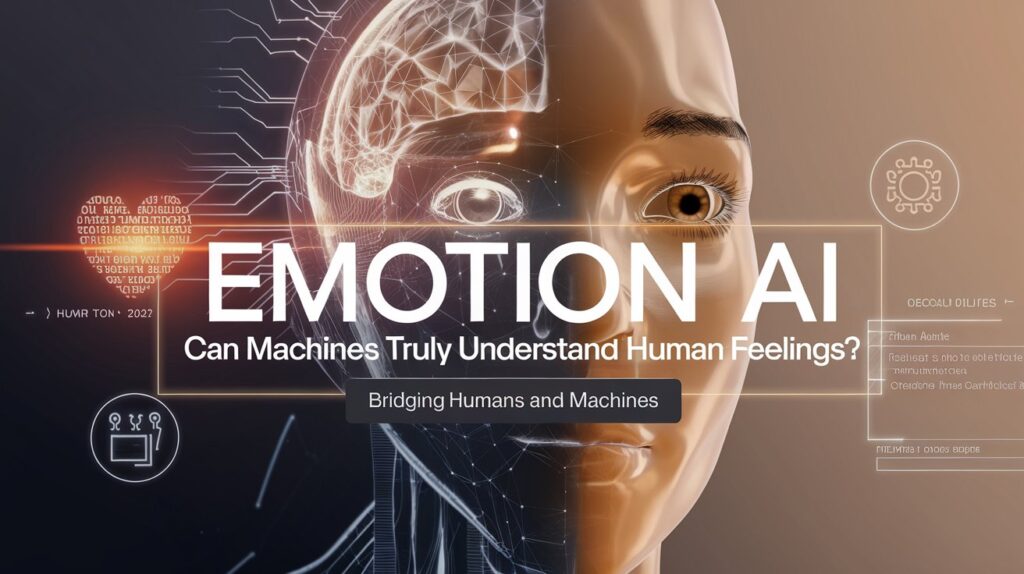In an era where software glitches can cost businesses $2.5 trillion annually, a silent revolution is underway: AI-driven self-healing software. These systems leverage machine learning to identify, diagnose, and resolve bugs autonomously—often before human developers even log into their workstations. By 2025, Gartner predicts that 40% of enterprise applications will integrate self-healing capabilities, fundamentally altering how we approach software reliability.

How AI-Driven Self-Healing Works
The Three-Stage Framework
Modern self-healing systems operate through a continuous feedback loop:
- Real-Time Monitoring:
- AI algorithms analyze code execution, user behavior, and system logs.
- Anomaly detection models flag deviations from baseline performance.
- Root Cause Analysis:
- Neural networks correlate errors across distributed systems.
- Tools like Google’s UrsaFix map dependencies to isolate faulty modules.
- Autonomous Remediation:
- Pre-approved fixes (e.g., patching memory leaks) deploy instantly.
- For complex issues, AI generates pull requests for human review.
Example: In 2024, Microsoft Azure’s AutoHeal resolved 78% of runtime errors in its Kubernetes clusters without human intervention.
Key Technologies Powering Autonomous Debugging
1. Predictive Maintenance with Machine Learning
By training on historical failure data, AI models forecast vulnerabilities:
- Netflix’s Prognos predicts server crashes 12 hours in advance with 94% accuracy.
- Meta’s CodeForecast identifies high-risk code commits during CI/CD pipelines.
2. Generative AI for Code Repair
Large language models (LLMs) like GitHub Copilot X now suggest context-aware fixes:
- Refactoring spaghetti code.
- Upgrading deprecated libraries (e.g., Log4j vulnerabilities).
3. Chaos Engineering Integration
Self-healing systems proactively stress-test environments:
- Simulating traffic spikes to preemptively scale resources.
- Injecting synthetic failures to validate resilience.
Industry Applications and Case Studies
Healthcare: Preventing Critical System Failures
In 2023, Epic Systems deployed AI self-healing in its EHR platforms:
- Reduced downtime during patient data migrations by 62%.
- Automated HIPAA compliance checks for access logs.
Finance: Securing Transaction Pipelines
JPMorgan Chase’s AI Sentinel system:
- Neutralized a $9M fraud attempt by patching a zero-day API exploit in 8 seconds.
- Slashed false-positive fraud alerts by 41%.
Challenges and Ethical Considerations
While self-healing software promises unparalleled efficiency, risks persist:
- Over-Reliance on AI:
- Developers may lose critical debugging skills.
- Example: A 2024 AWS outage worsened when engineers couldn’t override misconfigured AI repairs.
- Security Vulnerabilities:
- Hackers could exploit auto-repair mechanisms to inject malicious code.
- Accountability Gaps:
- Who’s liable when AI misdiagnoses a bug? Regulatory frameworks lag behind innovation.
The Future: Towards Fully Autonomous Systems
By 2030, experts envision:
- Self-Evolving Software: AI rewriting its own code to optimize performance.
- Cross-Platform Healing: Fixes propagating across IoT, cloud, and edge devices.
- Ethical AI Guardrails: Federated learning ensuring repairs align with human values.
Conclusion
Self-healing software AI represents a paradigm shift in tech resilience—bugs are no longer problems to solve, but puzzles for machines to preempt. As Tesla’s CTO remarked in 2024: “The best error is one your users never experience.” For organizations, adopting these systems isn’t just about efficiency; it’s about survival in an error-intolerant digital landscape.




[…] This New AI Self-Healing Software: Fixing Bugs Before Humans Notice […]